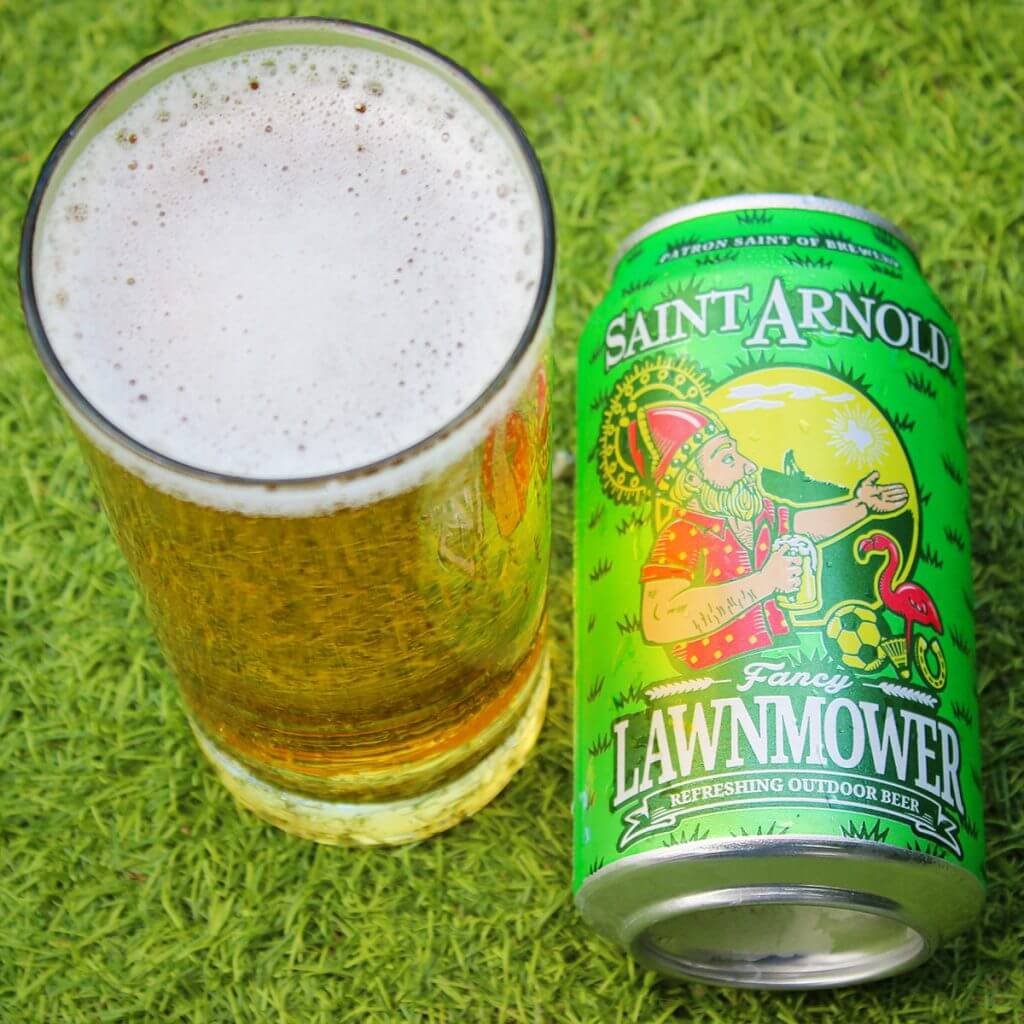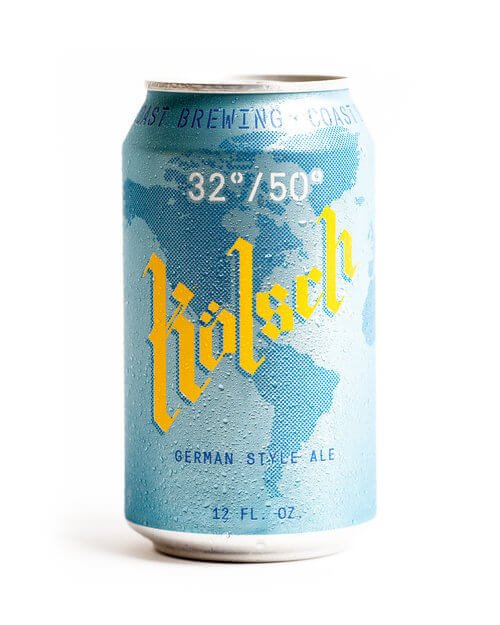Beer Style Guide: Get to Know Kölsch with Em Sauter
I’m obsessed with Kölsch. It’s a wonderful beer style that’s drinkable, approachable, and yet has its own uniqueness to it that sets it apart from other styles.
In many parts of Europe, beer is highly regionalized and protected. Think of it like Champagne in that only wineries in the Champagne region of France can make Champagne. For beer, no other country does this more than Germany, whose cities and regions have created many protected beer styles. Since 1997, Kölsch has been protected by the EU and only breweries within 30 miles of the city can brew a Kölsch. In America, we do not follow these rules as anyone can make a Kölsch although we usually call this a “Kölsch-style ale” to differentiate.
Kölsch rose out of the popularity of golden lagers in the late 19th century. Kölsch isn’t your ordinary lager because it’s not really a lager. Many struggles on what to call a Kölsch since it’s not really a hybrid lager/ale. It is fermented with a special German ale yeast stain that works best at a slightly cooler temperature than regular lagers, 60F vs the normal 68F for ales. After fermenting, the Kölsch is lagered, meaning it is stored at near freezing temperatures for a few weeks. The result is a beer that is crisp and fresh like a lager but contains some slight yeast byproducts in the form of fruity esters; these come across as a light pear note.
Tasting Notes
In flavors and aromas, the light fruity note is there along with cracker malt flavor and very subtle noble hop character. There’s something delicate and drinkable when it comes to Kölsch. Its recipe is also very simple: Pilsner malt, Noble hops, and German ale yeast.
When visiting Cologne, the Kölsch houses are a must-visit. There’s a whole serving ritual of Kölsch that makes it very unique indeed.
Serving Notes
First off, the beer is served in very small glasses, around 6 oz, in a glass called a “stange” which is the German word for “stick.” These straight-sided glasses are easy to drink and are drunk quickly so the beer doesn’t warm up too much. Waiters holding trays with a handle called a “kranz” will see your empty glass and immediately give you another beer without asking if you want one. Then they put a pencil mark on your coaster to indicate the amount you have consumed. Finished with drinking? Put your coaster on top of the glass and your waiter will bring you the bill. The glasses are priced around 1 Euro each if that.
Food Pairings
Kölsch is great with lighter foods like salads and perfect with grilled salmon. It’s also great with grilled items like grilled vegetables or a mildly spicy black bean burger. And drink Kölsch out of doors; it tastes better that way (trust me).
Beer to Try
Gaffel or any other Cologne made Kölsch
America gets a fair amount of traditional and authentic Cologne-based Kölsch beers and they are all excellent if found on the fresher side. Also look for Früh, Reissdorf, Sion and Sünner.
Saint Arnold Fancy Lawnmower
Texas-based brewery Saint Arnold brews a top-notch Kölsch called Fancy Lawnmower, a take on a phrase “lawnmower beer” that denotes an easy to drink option when doing yard work. It really is a great gardening beer.
Coast 32/50 Kolsch
For a small brewery option, Charleston, SC-based Coast brewery’s Kölsch is one of the best. I seek this out every time I visit Palmetto state. This beer works very well with the Carolina climate.




